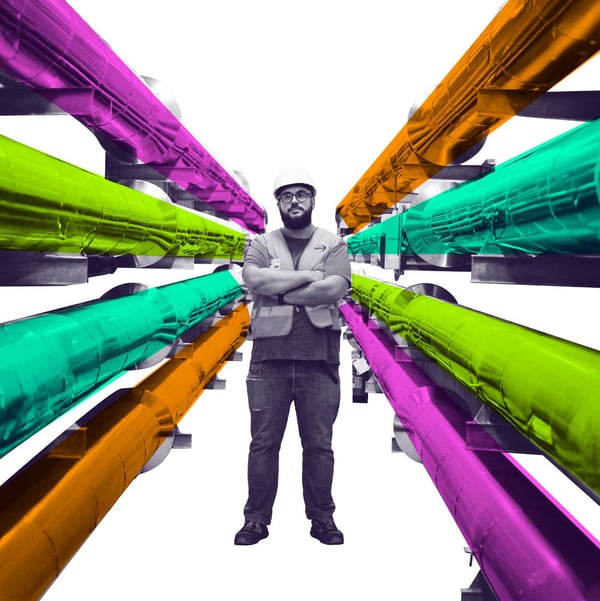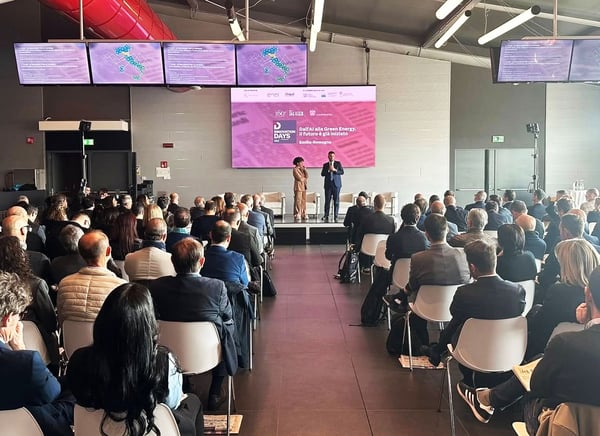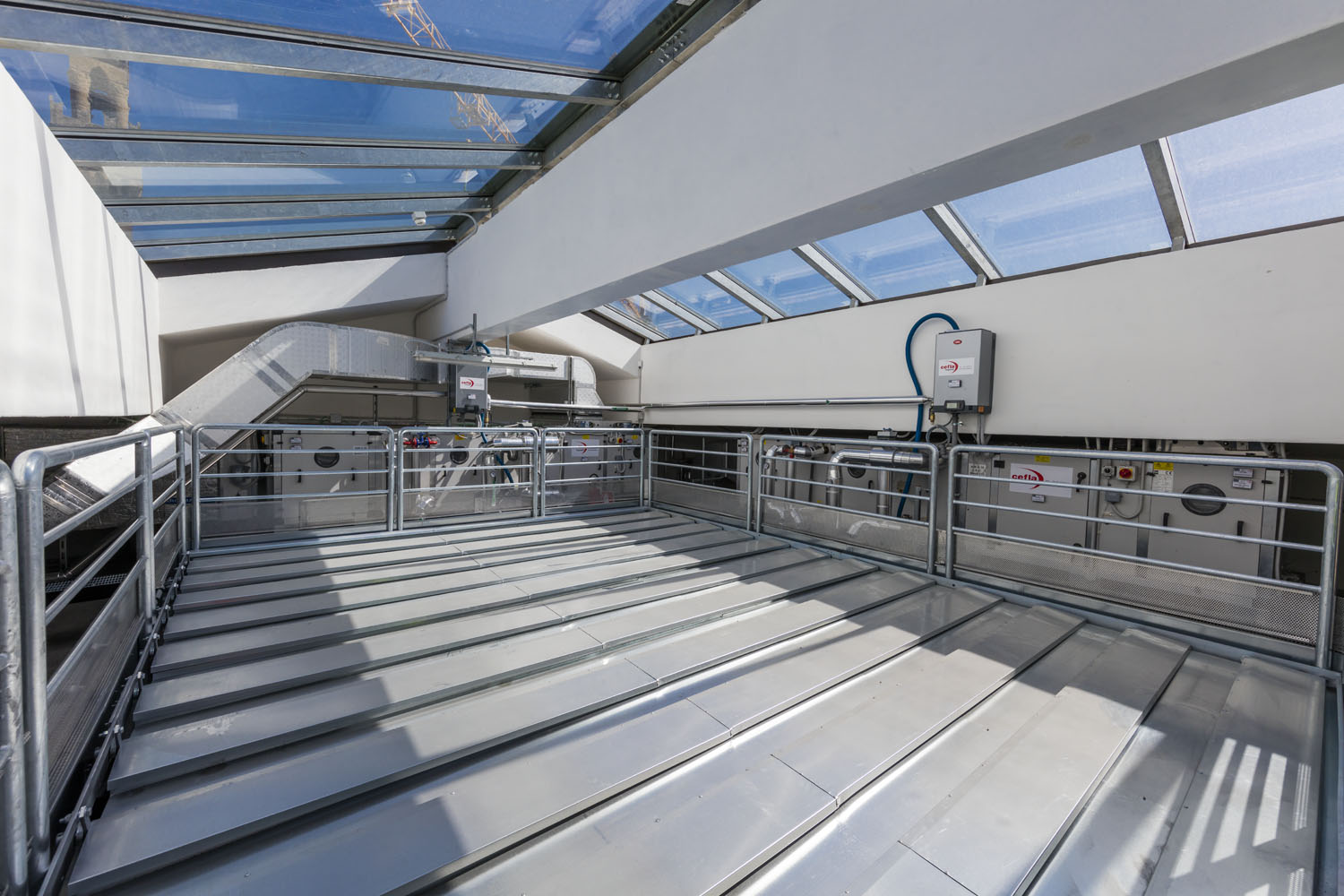Published on July 04, 2025
Reducing emissions from CHP plants in the healthcare sector: the new fuel cell solution
New fuel cells reduce emissions in hospital CHP plants, providing efficiency and sustainability. Learn how they work and their benefits.
Notizie

Igor Gorgonzola & Cefla: an ever-evolving history of transition
18 December 2025
Igor Gorgonzola and Cefla work together for a sustainable future, optimizing energy with innovative technologies and reducing environmental impact. Learn about their transition story.

FM DAY 2025. New worlds under construction.
17 November 2025
Cefla is participating in FM Day 2025 to discover innovative technologies and discuss the future of space and service management.

Innovation Days 2025 Emilia-Romagna
13 November 2025
Barbara Pennacchi, Sales Specialist Power Generation, from the Engineering Business Unit, gave a speech at the Innovation Days of Il Sole 24 Ore.


